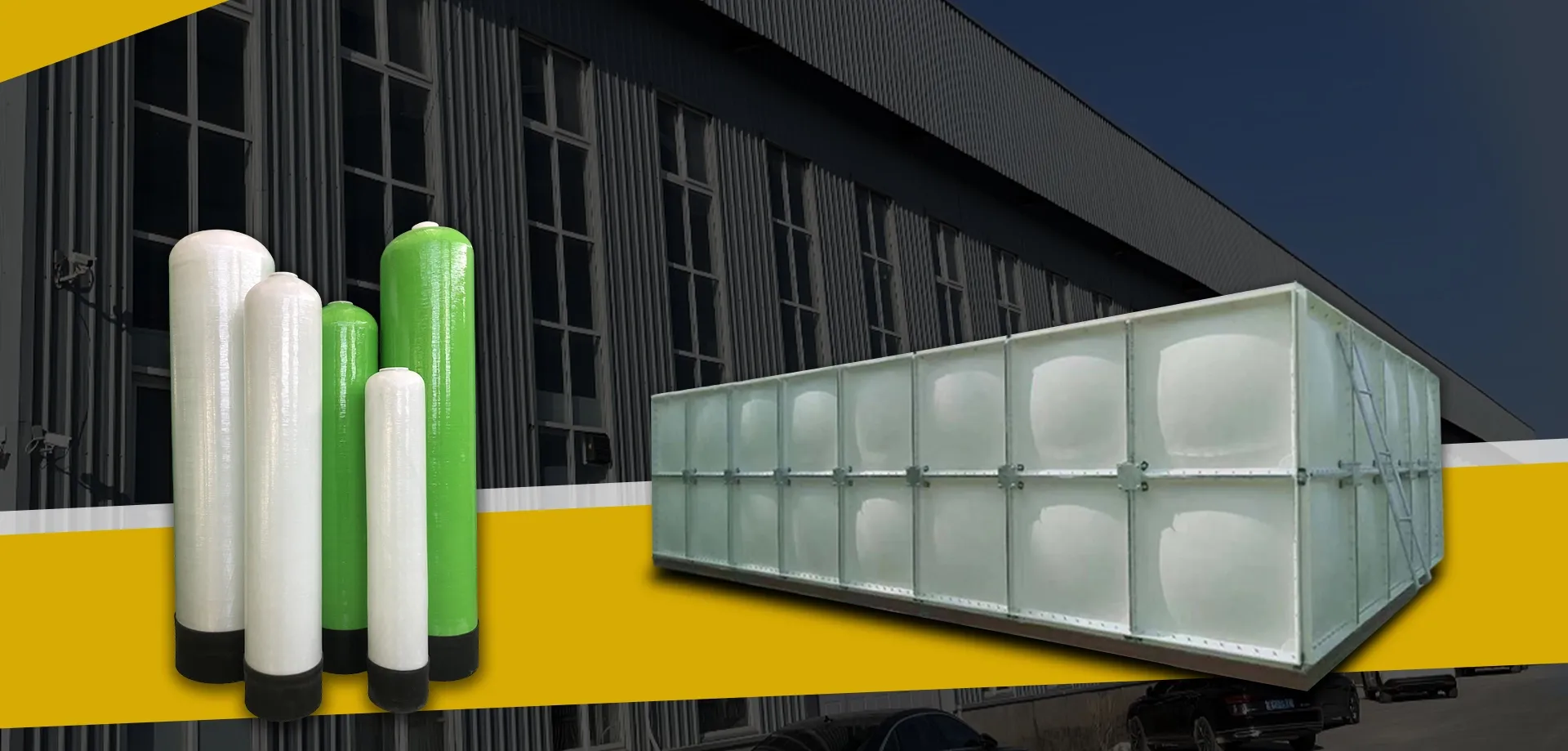loading...
- No. 9, Xingyuan South Street, Dongwaihuan Road, Zaoqiang County, Hengshui, Hebei, China
- admin@zjcomposites.com
- +86 15097380338
- Welcome to visit our website!
Innovative Applications of FRP Mesh Grating in Modern Construction and Architectural Design Techniques
Exploring FRP Mesh Grating A Versatile Solution for Modern Applications
FRP (Fiber Reinforced Plastic) mesh grating has emerged as a revolutionary material in various industrial and commercial applications. Its unique composition combines the lightweight properties of plastics with the strength of fiberglass, making it an attractive alternative to traditional materials such as steel and concrete. This article aims to delve into the features, benefits, and applications of FRP mesh grating.
Characteristics of FRP Mesh Grating
The primary characteristic of FRP mesh grating is its high strength-to-weight ratio. Unlike steel grating, which is heavy and cumbersome, FRP grating is relatively light, making it easier to handle and install. This property not only reduces transportation costs but also minimizes installation time and labor expenses.
Another notable feature of FRP mesh grating is its corrosion resistance. Traditional materials like steel are prone to rust when exposed to moisture and harsh chemicals. In contrast, FRP grating is designed to withstand a variety of environmental conditions, making it ideal for use in corrosive environments such as chemical plants, wastewater treatment facilities, and marine applications.
Moreover, FRP mesh grating is inherently non-conductive, which means it can be safely used in electrical applications. This property makes it a popular choice for walkways, platforms, and other structures where electrical hazards may be present.
Benefits of Using FRP Mesh Grating
One of the significant advantages of FRP mesh grating is its low maintenance requirement. Due to its corrosion resistance and durability, it does not require frequent painting or special care, leading to long-term cost savings for businesses.
frp mesh grating

Additionally, FRP mesh grating is customizable. It can be manufactured in various sizes, shapes, and colors, allowing for tailored solutions that meet specific project requirements. This flexibility provides architects and engineers with the ability to design spaces that are both functional and aesthetically pleasing.
Another benefit is the enhanced safety that FRP grating provides. Its slip-resistant surface can be engineered to improve traction in wet or oily conditions, reducing the risk of accidents in industrial settings. This is particularly vital in environments where worker safety is paramount.
Applications of FRP Mesh Grating
FRP mesh grating finds applications across a multitude of industries. In the construction sector, it is often used for flooring, walkways, and platforms due to its lightweight nature and load-bearing capabilities. In the marine industry, FRP grating is employed in docks, piers, and gangways, where exposure to saltwater can rapidly degrade other materials.
In the chemical industry, the corrosion resistance of FRP makes it an optimal choice for trenches, sumps, and platforms where harmful substances are present. Furthermore, it is also extensively used in wastewater treatment facilities, where its non-corrosive qualities ensure longevity and reliability.
Additionally, FRP mesh grating has applications in the food processing industry, where cleanliness and hygiene are priorities. Its non-porous surface prevents bacteria buildup, ensuring that health standards are maintained.
Conclusion
As industries continue to seek innovative solutions that balance performance, safety, and cost-effectiveness, FRP mesh grating stands out as a versatile alternative to traditional materials. Its unique properties enable it to meet the rigorous demands associated with various applications. From construction to food processing, the adaptability of FRP mesh grating ensures its place as a key material for the modern age, paving the way for safer and more efficient industrial practices.
-
Why Choose a Galvanized Water Tank for Your Storage NeedsNewsMay.21,2025
-
The Strength and Durability of FRP GratingNewsMay.21,2025
-
The Importance of Water Treatment Systems for Clean and Safe WaterNewsMay.21,2025
-
The Advantages of FRP Rebar for Construction ProjectsNewsMay.21,2025
-
Say Goodbye to Hard Water with a Reliable Water SoftenerNewsMay.21,2025
-
Maximize Your Water Storage with a Sectional Water TankNewsMay.21,2025
-
The Power of Filter VesselsNewsMay.19,2025
